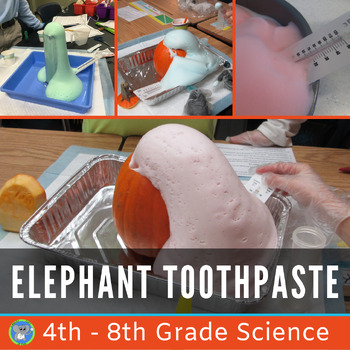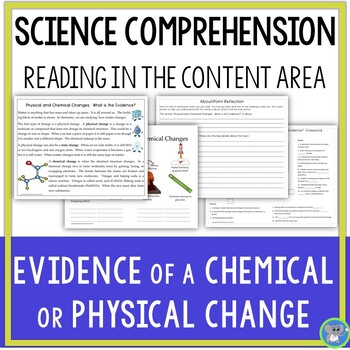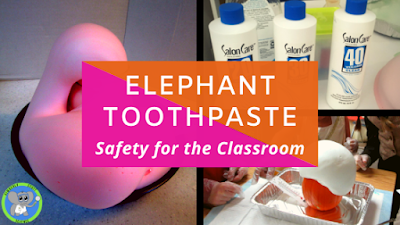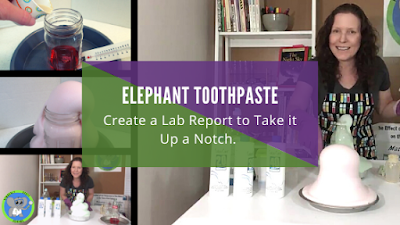The Science Behind Elephant Toothpaste - Halloween Chemistry
I have developed a passion for this experiment and haven't looked back. I think it's an upgrade from the typical vinegar and baking soda reaction we're all familiar with. Although vinegar and baking soda are fun, let's elevate it to the next level.
My favorite part of this experiment is the foam that rises. It teaches kids about molecules in a way that's easy to understand. Additionally, the reaction is exothermic and releases energy in the form of heat. This means that the foam will be warm after the eruption. Warning: The foam at the bottom can get pretty hot.
The Science Behind the Foam
Elephant toothpaste happens when we speed up the reaction. We can speed up the reaction by using a catalyst. The purpose of a catalyst is to speed up the breakdown of molecules into simpler parts. The catalyst used in this experiment is yeast.
Yeast are living organisms with enzyme catalysts that quickly break hydrogen peroxide into water molecules and oxygen atoms. In this experiment, the yeast must be activated by placing it in warm water. The warm water will take the yeast out of the dormant state. The magic happens once the yeast water mixture is poured in with the soapy hydrogen peroxide.
The oxygen atom will separate from the hydrogen peroxide, mix with the now soapy water, and rise out of the container. When the bond breaks, heat will be given off. You can take the water temperature before the experiment and the foam after to see the temperature rise. You can also touch the foam to feel the warmth. We recommend gloves in case there is hydrogen peroxide still present.
What kind of hydrogen peroxide should I use?
A great activity is to test different volumes and discuss the concept of concentration. The larger the concentration of hydrogen peroxide, the more oxygen is released. If you have more oxygen, you have more foam. It makes a wonderful science fair project with parent supervision. Check out these videos to see the difference.
20 Volume Hydrogen Peroxide Elephants Toothpaste
40 Volume Hydrogen Peroxide Elephants Toothpaste
SHOP THIS POST
LEARN MORE







